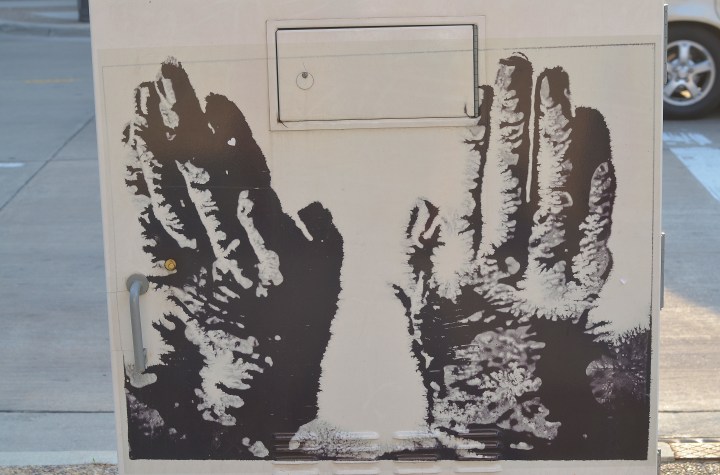
Every afternoon for four hours or more, Joe Johnson stands on Second Street Southwest in Rochester and enthusiastically waves to passing people and vehicles.
His purposefully outlandish dress draws attention, his warm greeting coaxes genuine grins. Having manned his post six days a week for the past nine years, he is one of Mayo Clinic’s most recognizable ambassadors.
“The people love me,” he said when I stopped to take his picture. “I’m the Second Street Waver. I like to spread the joy.”
Stationed as he is between the clinic’s main complex and St. Mary’s Hospital, just across the street from the Ronald McDonald House, the Second Street Waver knows how important a smile can be. He stands in the middle of one of the world’s foremost medical facilities and does what he can to heal.
With its fascinating juxtaposition of history and innovation, Mayo Clinic knows a little something about healing. Every aspect of its bustling, efficient, kind, terrifying, sweet, sweaty, spiritual, clinical, helpful, analytical, new wave, old school facility is focused on that.
Pianos stationed all over the campus invite people to sit down and play, offering both musicians and audiences therapeutic relief. An underground corridor connects most of the buildings, while helpful volunteers patrol its busy corridors with helpful tips and directions.
Retail therapy? Check. There is even a free shuttle to and from the hospitals and the mall.
Spiritual therapy? On every corner and for every denomination.
Artistic therapy? In every building, in the beautiful parks and on the walls.
Founded after a devastating tornado in 1883 by Mother Alfred Moes, the Mother Superior of a Franciscan community, and Doctor William Mayo, a country doctor, Mayo Clinic maintains standards literally carved in marble.
Heroes in running shoes and scrubs provide the best care they know, while others spend late hours in labs researching better options.
People make their way to Rochester from all corners of the globe. We met a cab driver who’d been working there for 18 years. In the back seat sat his small son. “I’ve been working to bring my family over for eight years,” the driver said. “We were finally able to get my wife a visa. She and my kids have been here eight months. They love it.”
Drama, sadness, fear and triumph mark the days in Rochester and members of the service industry are well-equipped to deal with it all. Large buses transport teams of medical students from the school to teaching hospitals. Medical teams consult in the mornings, operate throughout the day, and make their rounds in the evening.
Meanwhile, on an ordinary Wednesday, a kind man stands on a curb, waving flags and offering hand waves and hope.














